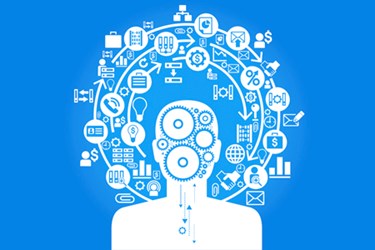Next-Gen Sequencing In Diagnosing Infectious Diseases

By Christine Kern, contributing writer

Survey finds that for now, Next Generation Sequencing continues to be a complementary technology.
According to Markets and Markets research, the infectious disease diagnostic (IDD) market is estimated to reach $18,156.2 million by 2019. Traditional diagnostic techniques such as immunodiagnostics and biochemical characterization are the largest segments of the IDD market. However, molecular diagnostic techniques, such as microarrays and isothermal nucleic acid amplification technology (INAAT), will show the fastest growth in the forecast period.
Researchers are eager to utilize the newer capabilities enabled by Next-Generation Sequencing (NGS) that are expanding opportunities for the platform in clinical applications for infectious disease identification. According to a Macrogen Lab blog post, NGS “has the potential for use as an excellent diagnostic tool for infectious disease,” including use for individual patient, public health, and disease surveillance settings. Using NGS for infectious disease diagnosis bolsters accuracy and speeds identification of pathogens leading to faster, more effective treatment at lower costs.
“NGS is still being used as a complementary technology rather than a standalone one, indicating evolving protocols,” says Transformational Health Senior Industry Analyst Divyaa Ravishankar. “Potential NGS-based tests garnering attention include those for oncology-germ line mutation and somatic mutation. Rare genetic disease testing and pharmacogenomic testing are the other areas of interest for the clinical application of NGS.”
The 2016 Global Survey on Clinical Next-generation Sequencing, part of Frost & Sullivan’s Life Sciences Growth Partnership Service program, analyzes the market based on an online survey of 69 decision makers who represent NGS users from the clinical community. Key findings of the study include:
- Just over half (51.6 percent) of respondents are actively interested in adopting NGS technology to develop assays for certain infectious diseases, particularly for meningitis, respiratory diseases-bacterial and Sexually Transmitted Diseases.
- Currently83 percent of respondents reported NGS is still being used as a complementary technology, a situation that is not likely to change over the next three years until the technology can mature.
- 81.8 percent of respondents indicated they are currently performing bio informatics data analysis in-house with a very few members indicating outsourcing to a third party vendor.
“Respondents show a vivid interest in developing clinical NGS-based tests for infectious disease testing, particularly for meningitis, respiratory panel, and sexually transmitted diseases,” says Ravishankar. “In terms of genetic elements, the highest interest is in cancer biomarkers and studying oncogenes, followed by tumor suppressor genes and microRNAs.
“Most respondents indicated that they preferred outright purchases from the manufacturer for instruments and reagents,” noted Ravishankar. “Factors that will help the market take off include lowering overall pricing, consumables in particular; faster and deeper data analysis; and specific reimbursement, coverage, and coding measures.”
